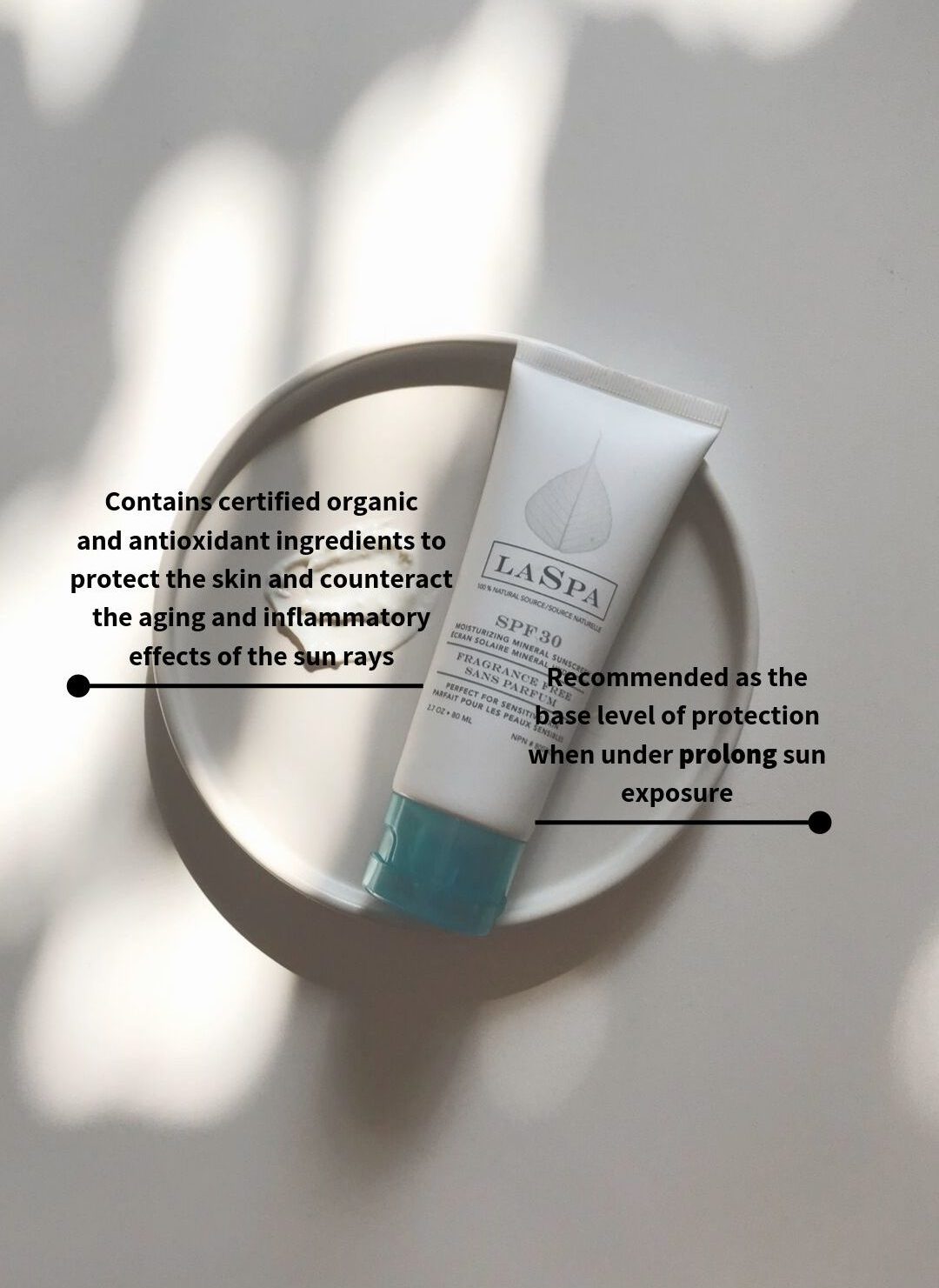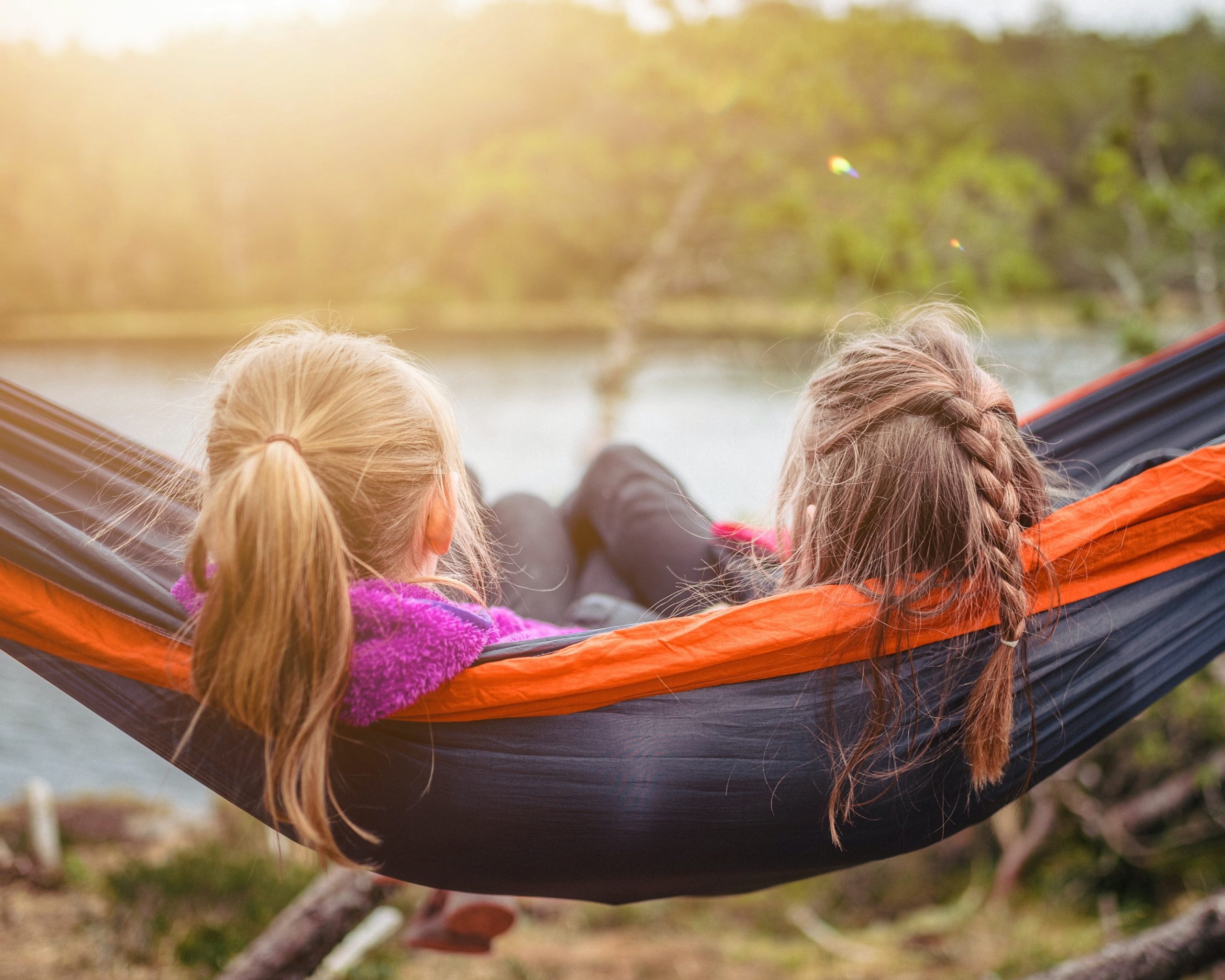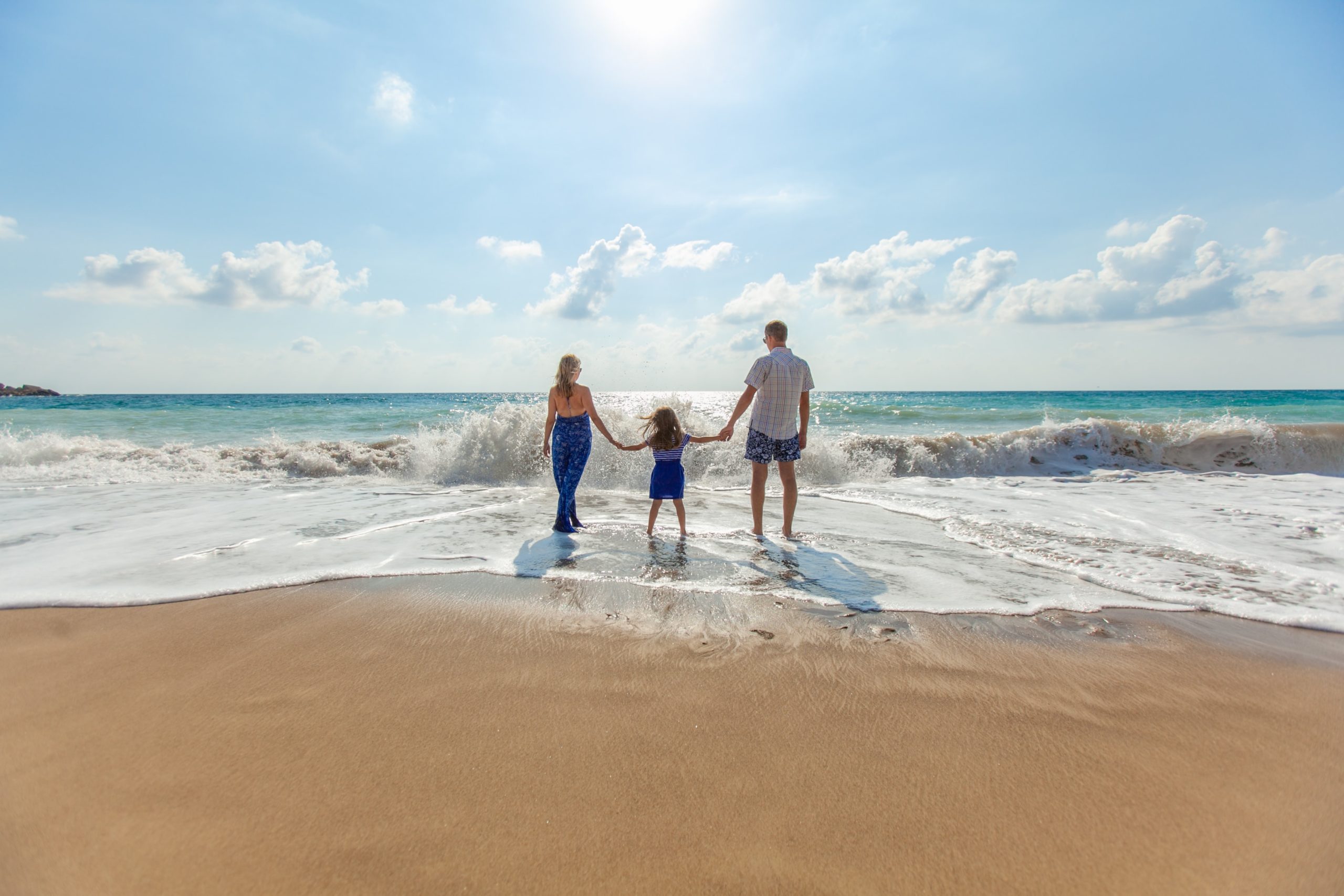Everything You Need To Know About Kids and Sunscreen
Protecting your kids is the no.1 priority for all caregivers. What you put on your kids skin is just as important as what goes inside their bodies. Here are 5 facts that tell you everything you need to know when choosing a sunscreen for kids.


Most caregivers know that sunscreen gets ignored because the ones that are on the shelves at your local drug stores tend to feel sticky and are irritating to the eyes. But at the same time getting protection from the harmful UVA/UVB rays is extremely important, especially when it comes to children’s delicate skin.
Kids Don't Like Sunscreen
Kids might not like sunscreen but their skin needs more protection as they have more delicate skin than adults. Putting sunscreen on your kids can be a struggle no matter how old they are.
Our solutions? Get them a stick sunscreen as opposed to lotions or sprays. Many brands make stick sunscreen which have SPF 50 broad-spectrum protection. This means that your little one will get protection from UVA and UVB rays.
These are easy to use and travel-friendly and you can even get a silicone carrier to attach to your bag. Perfect to get your teenager into the habit of applying sunscreen. Toddlers also enjoy using stick sunscreens and it’s recommended to get them into the habit of applying sunscreen from an early age.
Here are few suggestions to make it more fun:
Make it a game – Have a race between family members or who has got full coverage. Extra points for applying sunscreen on the top of your ears and back of the neck!
Do a sing-along – Choose your favorite rhyme or click here for our favorite sunscreen song.
Chemical Sunscreens vs. Mineral Sunscreens
There are 2 kinds of sunscreens available in the market. Chemical sunscreen and mineral or physical sunscreens.
Chemical Sunscreens
Chemical sunscreen filters absorb the sun’s rays and the UV radiation turns it into heat and scatters which prevents it from penetrating into the skin. The main active ingredients in chemical sunscreens are oxybenzone, avobenzone, octinoxate, homosalate, octisalate, and octocrylene.
The harsh ingredients in chemical sunscreens may cause skin irritation, especially in kids.
Mineral Sunscreens
Mineral sunscreens are made from Zinc Oxide and/or Titanium Dioxide. Mineral sunscreens sit on the skin and form a protective layer between the UVA/ UVB rays and your child’s skin.
Since kids have sensitive and delicate skin, it’s better to use mineral sunscreens. Mineral sunscreens form physical barriers on the skin. What it means is that the sun’s rays bounce off the skin and that the active ingredients do not penetrate the skin or have the chance to enter into the bloodstream. The latter is one of the main issues of chemical sun filters which have been proven to enter the bloodstream in less than 20 minutes according to recent studies being reviewed by the FDA.
If you would like to learn more about why chemicals sunscreens are harmful for kids click here.
Kids have thinner skin and they absorb more than adults.They are therefore more sensitive to chemicals and to the sun’s harmful rays. So it is more advisable to use mineral based sunscreens.
LASPA sunscreens are fragrance free and hypo-allergenic.


It is not advisable to apply sunscreens for children below 6 months of age without first consulting with a physician. The best way to protect babies from the harmful rays of the sun is to dress them in lightweight long sleeves and full pants and a wide brim hat. Don’t forget to apply sunscreen liberally once they are older than 6 months.
SPF Levels
SPF or Sun Protection Factor levels indicate the amount of protection that the sunscreen gives. The general rule to follow is the more the SPF the more the protection.
But keep in mind that just because the SPF level is higher, it doesn’t mean that it will protect you for longer. Sunscreen has to be reapplied every two hours to ensure continued protection.
Ideally, any sunscreen SPF 30 or above should be good for kids if they are spending time outdoors.
Another point to keep in mind when choosing a sunscreen is whether the sunscreen offers broad-spectrum protection. Broad-spectrum essentially means that it protects from both UVA and UVB rays.


How Dangerous Is It Exactly?
According to the skin cancer foundation, a single blistering sunburn in childhood or adolescence doubles the chances of getting melanoma later in life.
Five or more sunburns more than doubles your risk of developing potentially deadly melanoma.
The statistics show that in 2020, 8000 adults were diagnosed with melanoma in Canada of which 1,300 were terminal. In young adults (15-29 years old), it was found that of all the diagnosed cancer cases 8% suffer from melanoma.
To learn more about the statictics click here.
Please consult your dermatologist if your child has any skin issues!
All Sunscreens Wear Off!
No matter which sunscreen you apply and what is written on the tube, all sunscreens wear off after a few hours.
Reapply sunscreen every 2 hours or after sweating or stepping out of the water.
Mineral Sunscreens don’t need to be rubbed into your skin. Zinc Oxide present in the sunscreen may leave a slight white cast. But because of the white cast, you can tell if your kids have their sunscreen on correctly or if they need a top-up.
Prevention Is Better Than Cure
Scary as these statistics seem, the best solution to reduce the risk of these diseases is to practice sun safety from an early age.
So, when choosing a sunscreen for your child, find one that you like and make sure it is mineral-based and broad spectrum.
LASPA sunscreen is made only from naturally derived, certified organic and ecocert ingredients, and therefore perfect for kids or for those with sensitive skin..
Go out and enjoy your family day without any worries!



